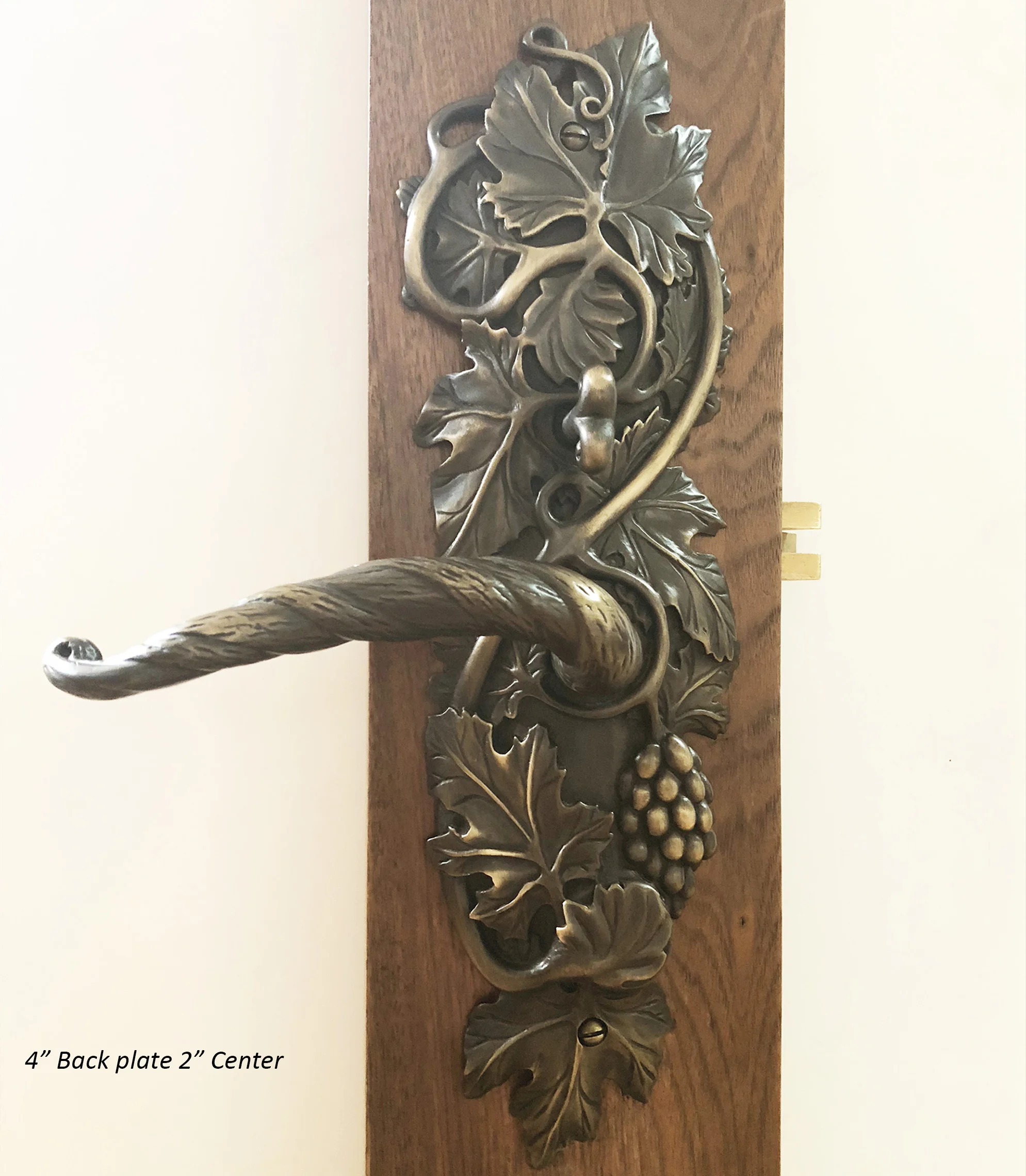When is a wine cellar a grotto?
If this sounds like a punch line to a joke, then please do let me in on the joke.
The answer maybe “When you live in Texas”.
I had a lovely conversation this week with a resident of Texas and since we both have accents and are soft spoken I spent a good 3 minutes believing I had misunderstood when she had asked if we made hardware for wine grottoes, eventually I confessed my ignorance and my vocabulary has now grown.
Turning to Wikipedia I discovered that the word comes from the Italian “grotto” and the French word “grotte” both meaning either a natural or man-made cave or cellar not surprising given that both countries have been making wonderful wines for centuries.
Next I turned by attention to the back set of the door that was being custom made in maple with a proposed back set of 2 3/8”. The back set is the distance from the edge of the door to the center point of the back plate or escutcheon. The wider the back plate the deeper the back set will need to be. The center of the back plate is where the lever or knob will be positioned or in the case of a locking door it will also be where the cylinder face is positioned. The handle set components are centrally positioned on the back plate to give symmetry to the trim. The handle set is then positioned on the door stile and if sufficiently wide will be centered but if space is tight it may be positioned closer to the edge of the door.
Door latches and locks are made with standard back sets with 2 3/8” and 2 ¾” being common for tubular latches and 2 ½” and 2 ¾” being common for mortise locks.
The Grapevine entry lever set has a standard back plate that is 4” with the center being 2”. If the door was built with a bore hole for lever/knob at a back set of 2 3/8” then this would leave a mere 3/8” clearance from the outer edge of the back-plate to the edge of the door an area that will often be caught by the door’s stop which is why we recommend a 2 3/4” back set. For doors that have already been drilled for a 2 3/8” back set we do offer a narrower 3 3/8” back plate with a 1 11/16” center.






